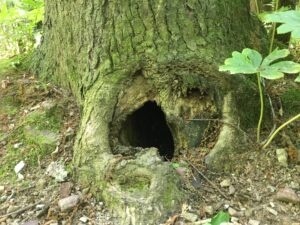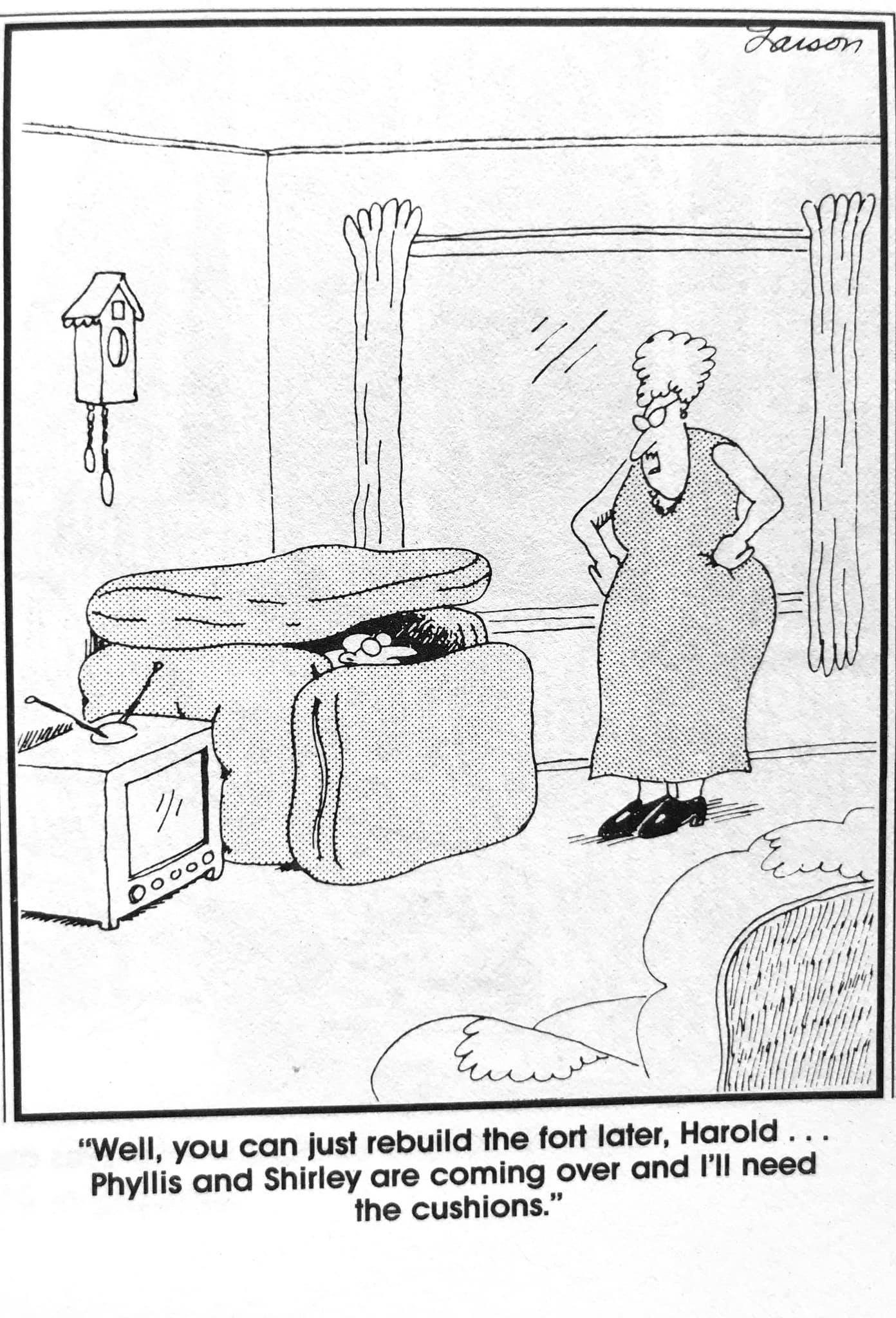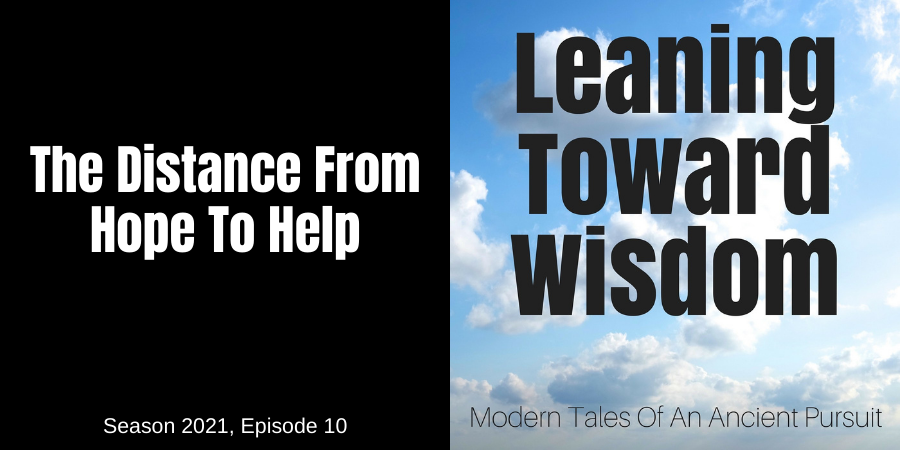Podcast: Play in new window | Download (Duration: 54:41 — 50.1MB)
Subscribe: Apple Podcasts | Spotify | iHeartRadio | Email | RSS | More
I was in the fourth grade when I first developed a passion for piney woods. I was a pre-schooler when the woods first called out though. So by the time 4th grade arrived I’d spent half my life fascinated by and in love with — trees. Woods.
Woods.
A forest is woods, but not all woods are forests. I think woods are thought of as smaller than forests. Small groups of trees, but how small is small? It depends. On how big you are. When you’re a little kid one undeveloped lot in the neighborhood thick with trees will suffice. When you’re an adult, something larger is required.
I love woods. There’s something special about them. Being in them. For extended time. Day after day is even better. Because you get to know them better.
Traipsing through woods every now and again is great, but not nearly as great as getting to know them. Well.
There is something therapeutic about woods, especially piney woods. A feeling. A sensation. There’s a psychology to them for me.
My best description? They’re a big exhale for me.
They help. I embrace it. I’m not imposing on them. They welcome me. Any time. I don’t disturb their schedule. I don’t ask them to do anything. Just be there. Just be what they naturally are. Let me stay. Stick around a bit. Then come back again tomorrow and notice more. Spot any changes. Be friendly.
Unlike most people, I trust piney woods. They don’t pretend to be something they’re not. They don’t judge me or anybody else. They don’t lie. Cheat. Or steal. They’re just there existing for the pleasure of the wildlife and not-so-wildlife. As a 4th grader, I may have added to the population of wildlife, what with all the fort building, pine straw stacking, path clearing, and whatever else we did as kids.
But that’s all behind me.
And even then I had moments of not-so-wildlife where we’d just sit on the pine needles and talk about what might come next. “What’da ya’ll wanna do now?” somebody would ask. That might spark a 30-minute discussion of various ideas that somebody might invariably shoot down until we figured out something we could all agree on.
I hope kids today have those conversations, but something tells me they don’t. A shallow investigation into social media platforms like TikTok and Snapchat indicates that our attention span is down to something like 8 seconds. Eight seconds? Isn’t that the time bull riders need to complete a successful ride?
We were often bored as kids. It didn’t always result in trouble either. It gave us time to talk, interact, argue, debate, and work things out. Eight seconds? Man alive, we spent hours collectively trying to figure out what we might do that would bring us our next adventure. But this isn’t about “good ‘ol days” syndrome. Honestly, it’s not. I’m just trying to paint context for you of how we worked to close the distance from hope to help. The gap between whatever was in our heads and what we could make real.
Like the unmotorized go-carts, we’d make out of spare parts laying around in all our carports and garages. Or the homemade skateboards out of those old metal-wheeled rollerskates. Or the countless forts and treehouses we’d cobble together out of anything we could find. And how we’d decorate the insides without any help or influence from the likes of Chip and Joanna. By the way, does anybody else wonder why Chip thinks his long hair looks good? I’ve got a neighbor who is older than I am and he decided a ponytail would look good. No, it doesn’t. You look ridiculous. So does Chip. Somebody help these people understand how unflattering it is to grow older and attempt to hang onto youthful fashion or hairdos. #JustSaying
Hope should dominate the life of every kid. I know the world is cruel and there are dangers galore, but every child deserves to be filled with hope about the future.
Hope should dominate the life of every adult. It’s harder for us because we’ve experienced sorrow, sadness, and struggle.
It helps if you’ve got a compelling story of redemption to tell. For years I’ve noticed how many book authors and speakers tell a rags to riches story. It’s a long list of celebrity authors/speakers. They lived in their car. They lived under bridges. They suffered abuse. They suffered addiction. They dove into dumpsters. They figured things out and became wildly – W-I-L-D-L-Y – successful. They found the key to success and they’ll happily teach it to you because they desperately want you to learn what they learned. Just buy their book. Or attend their seminar. Or buy their product or course.
It seems the distance from hope to help is devasting loss caused largely by your own idiocy. Until your idiocy morphs into extraordinary wisdom.
It’s like evolution though. Nobody has ever seen it. I sure haven’t.
I suppose those of us who have lived practical, responsible lives devoid of homelessness, addiction, or abuse are destined to be lifelong failures. We’re just living a story that’s too boring to achieve much else it seems. And I admit I’ve invested some bucks along the way to see if these previously homeless people had indeed figured out something unique. Not so much.
Have you ever been tempted to create a narrative that might help you get attention? Yeah, me neither. 😉
 Actually, I have worked on a narrative like that, but for a fictional character – which I assume might apply to a large number of these self-help gurus. I’m still trying to come up with a believable scenario where some hobo under a bridge has the key to unlock the wisdom of success. My latest creation has me encountering a small forest gnome who lives in this tree (pictured). His name is Bjorn. Which is really weird since his home is in Arkansas. Even weirder, he’s Norwegian but he’s never lived anywhere other than that tree. Which creates a deeper mystery as to how he has so many things figured out. But such is the stuff of books, speeches, presentations, workshops, seminars, and other forms of fantasy. I rather like Bjorn so I’m planning to make his brilliance shine just as bright as possible. And he’s very snarky. So I trust him.
Actually, I have worked on a narrative like that, but for a fictional character – which I assume might apply to a large number of these self-help gurus. I’m still trying to come up with a believable scenario where some hobo under a bridge has the key to unlock the wisdom of success. My latest creation has me encountering a small forest gnome who lives in this tree (pictured). His name is Bjorn. Which is really weird since his home is in Arkansas. Even weirder, he’s Norwegian but he’s never lived anywhere other than that tree. Which creates a deeper mystery as to how he has so many things figured out. But such is the stuff of books, speeches, presentations, workshops, seminars, and other forms of fantasy. I rather like Bjorn so I’m planning to make his brilliance shine just as bright as possible. And he’s very snarky. So I trust him.
In the case of finding (or creating) Bjorn, the distance from hope to help is about 5 hours. That’s how long it takes to get from my house to his. So there’s that.
Hope is an optimistic state of mind that is based on an expectation of positive outcomes
Hope is based in the future. Maybe in the immediate future. Maybe not.
We’ve been told hope is not a strategy, but I think it is. Or could be. Try forming an effective strategy without it.
Picture a conference room with 12 chairs around a big table. A person sits in every chair. You’re at the head of the table leading the meeting. You’ve got an idea, a strategy. This meeting is your opportunity to share it with the team, the team which you lead.
“This idea came to me over the past few days. It’s not likely going to work. There are many flaws in it. But we’re going to fully commit to it. And I hope you’ll all be as excited as I am to see it come out of the gate slowly, then eventually peter out.”
I’d love to lead a meeting like that. Just to see how the room would react.
Hope is always part of our best strategies. Because belief and confidence are required if we’re going to give our best efforts.
Every startup entrepreneur has it. Every competitive athlete has it. The hope and belief that their efforts will pay off. That the results they most desire will happen. Sustainable behaviors we think will move us closer to the goal are more easily employed when we believe in them. Why else follow a particular course?
Let’s see where this conversation takes us, huh? My hope? That’ll it’ll take you from hopelessness to hope to help!


